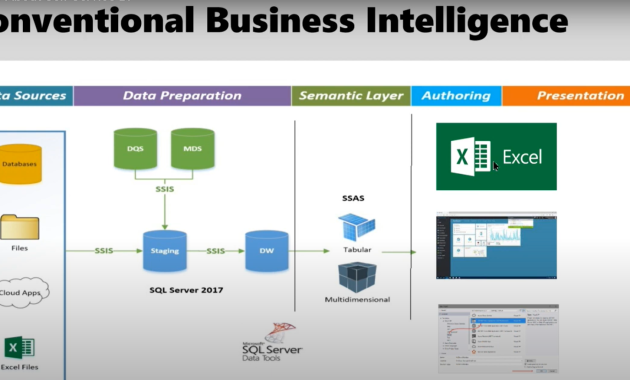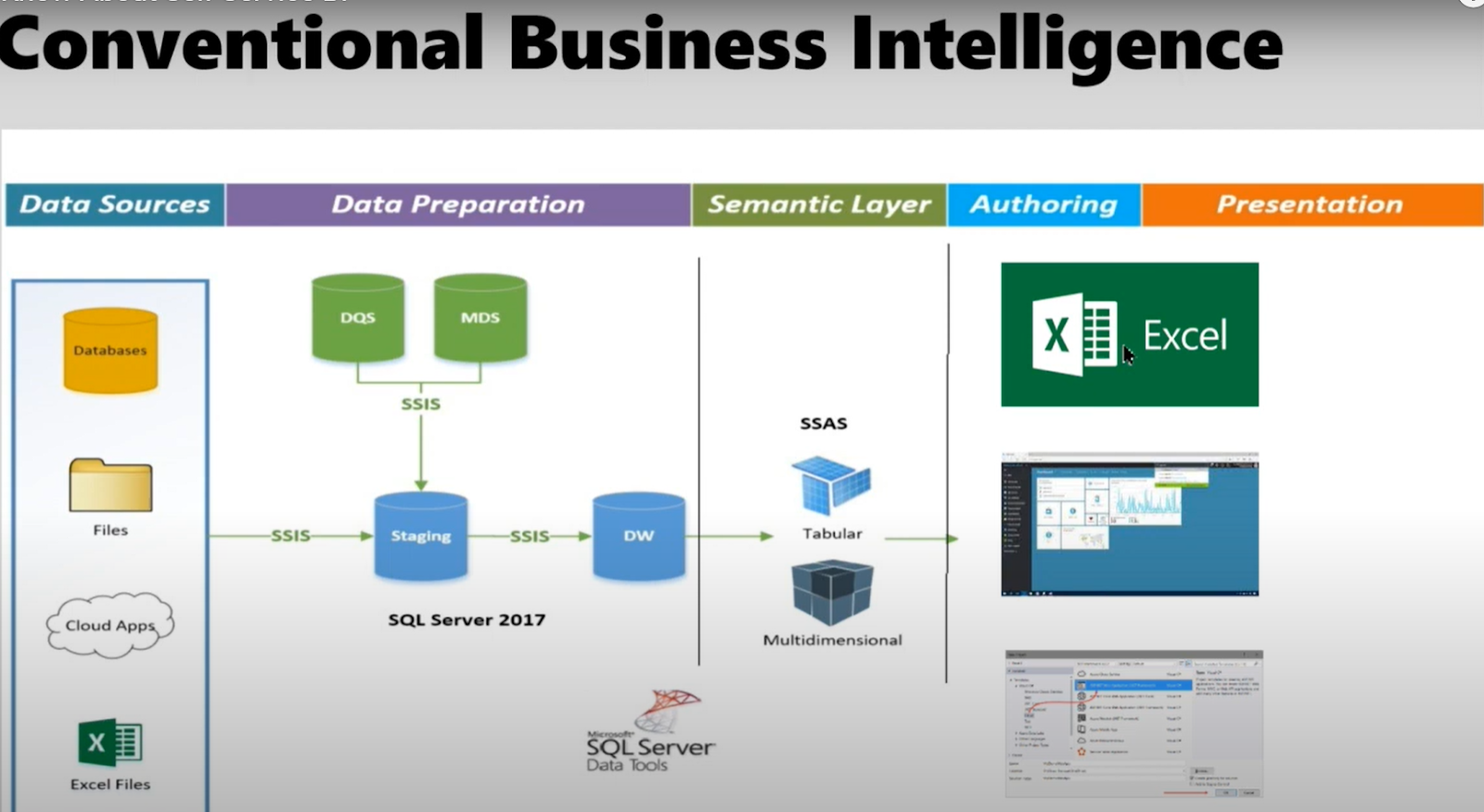
Make Moves with Self-Service Business Intelligence Software: A Strategic Advantage in Today’s Data-Driven World
In the cutthroat world of modern business, data is the new oil. Those who can harness its power, extract valuable insights, and make data-driven decisions are the ones who thrive. This is where self-service business intelligence (BI) software steps in, providing a powerful toolkit for organizations of all sizes. It empowers users to explore, analyze, and visualize data without relying heavily on IT departments or technical specialists. This article delves into the core of self-service business intelligence software and explores how it can transform your business operations. It provides a comprehensive overview of its benefits, features, and practical applications. Learn how you can make moves by leveraging the power of self-service business intelligence software.
Democratizing Data: The Rise of Self-Service BI
Traditionally, business intelligence was the domain of specialized analysts. They would extract data, build reports, and present findings to decision-makers. This process was often slow, cumbersome, and created bottlenecks. Self-service business intelligence software fundamentally changes this paradigm. It puts the power of data analysis directly into the hands of business users. This democratization of data allows individuals across the organization to answer their own questions, identify trends, and gain valuable insights. This ultimately accelerates the decision-making process and fosters a data-driven culture.
The shift towards self-service business intelligence has been driven by several factors. The increasing volume of data generated by businesses demands quicker analysis. The need for faster insights makes traditional BI methods obsolete. The user-friendly interfaces and drag-and-drop functionality of modern self-service BI software have also played a key role. They make complex data analysis accessible to a wider audience. This accessibility is crucial for fostering data literacy and empowering informed decision-making across an organization.
Key Features and Capabilities of Self-Service BI Software
Self-service business intelligence software offers a suite of powerful features designed to empower users. These features enable them to explore and analyze data effectively. Understanding these capabilities is key to leveraging the full potential of this technology.
- Data Connectivity: The ability to connect to various data sources is fundamental. Self-service BI software supports a wide range of data connectors. It includes databases, cloud services, spreadsheets, and social media platforms. This ensures that users can access all the relevant data they need for their analysis.
- Data Preparation and Transformation: Raw data often needs cleaning, formatting, and transformation before analysis. Self-service BI tools provide features for data preparation. Users can clean data, remove duplicates, and transform data types. These tools facilitate data quality and ensure accurate analysis.
- Data Visualization: Visual representations of data are crucial for understanding and communicating insights. Self-service BI software offers a variety of visualization options. These options include charts, graphs, maps, and dashboards. These tools allow users to explore data patterns and trends effectively.
- Interactive Dashboards: Dashboards provide a centralized view of key performance indicators (KPIs) and metrics. Self-service BI software allows users to create interactive dashboards. Users can filter data, drill down into details, and customize views. These dashboards provide real-time insights and enable informed decision-making.
- Reporting and Sharing: Generating reports and sharing insights with others is essential for collaboration. Self-service BI software offers reporting capabilities. Users can create and customize reports based on their analysis. These reports can be shared with colleagues and stakeholders.
- Advanced Analytics: Some self-service BI tools offer advanced analytical features. These features include predictive analytics, statistical modeling, and data mining. These capabilities enable users to uncover deeper insights and forecast future trends.
The Benefits of Embracing Self-Service BI
The adoption of self-service business intelligence software offers a multitude of benefits. These benefits can transform business operations and drive strategic advantage.
- Improved Decision-Making: By providing access to real-time data and insights, self-service BI empowers users to make more informed decisions. Data-driven decisions are more likely to be successful. This leads to better business outcomes.
- Increased Efficiency: Automating data analysis tasks frees up IT resources and reduces reliance on specialized analysts. This increases overall efficiency and allows business users to focus on their core responsibilities.
- Faster Time to Insights: The ability to quickly access and analyze data enables faster identification of trends and opportunities. This enables organizations to respond more quickly to market changes. It also provides them with a competitive advantage.
- Enhanced Collaboration: Self-service BI fosters collaboration by providing a shared platform for data analysis and reporting. This allows teams to work together more effectively. It also ensures that everyone is aligned on key metrics and goals.
- Cost Savings: By reducing reliance on external consultants and streamlining internal processes, self-service BI can lead to significant cost savings. It allows organizations to allocate resources more efficiently.
- Increased Data Literacy: The use of self-service BI promotes data literacy across the organization. It empowers employees to understand and utilize data effectively. This creates a data-driven culture.
Real-World Applications: Making Moves with Self-Service BI
Self-service business intelligence software can be applied across various industries and departments. It is a versatile tool. It helps organizations achieve their strategic objectives. Here are a few examples.
- Sales and Marketing: Sales teams can use self-service BI to track sales performance, identify top-performing products, and analyze customer behavior. Marketing teams can use it to analyze campaign effectiveness, identify target audiences, and optimize marketing spend.
- Finance and Accounting: Finance departments can use self-service BI to track financial performance, analyze profitability, and manage budgets. They can also use it to identify potential risks and opportunities.
- Operations and Supply Chain: Operations teams can use self-service BI to optimize production processes, manage inventory levels, and improve supply chain efficiency. This helps ensure smooth operations.
- Human Resources: HR departments can use self-service BI to track employee performance, analyze employee turnover, and identify training needs. This enables better workforce management.
- Healthcare: Healthcare providers can use self-service BI to analyze patient data, track treatment outcomes, and improve patient care. This helps improve healthcare quality.
- Retail: Retailers can use self-service BI to track sales trends, optimize store layouts, and personalize customer experiences. This enhances customer satisfaction.
Choosing the Right Self-Service BI Software: Key Considerations
Selecting the right self-service business intelligence software is crucial. It ensures that you can maximize the benefits of this technology. Here are some key factors to consider.
- Ease of Use: The software should have a user-friendly interface and intuitive features. This ensures that business users can easily learn and use the software.
- Data Connectivity: Ensure that the software supports the data sources relevant to your business. This will allow you to access and analyze all the data you need.
- Scalability: Choose software that can scale to meet your growing data needs. Consider the future growth of your business.
- Features and Functionality: Evaluate the features and functionality offered by the software. Ensure that it meets your specific analytical needs.
- Security: Prioritize software that offers robust security features. This will help protect your sensitive data.
- Cost: Consider the total cost of ownership, including software licensing, implementation, and training. Choose a solution that fits your budget.
- Support and Training: Ensure that the vendor provides adequate support and training. This will help you effectively implement and use the software.
Implementing Self-Service BI: A Step-by-Step Approach
Implementing self-service business intelligence software successfully requires a structured approach. Here are the steps you need to follow.
- Define Your Business Goals: Clearly define your business objectives and the questions you want to answer with data. This will guide your software selection and implementation.
- Choose the Right Software: Evaluate different self-service BI solutions. Select the one that best fits your needs and budget.
- Prepare Your Data: Clean, transform, and prepare your data for analysis. This ensures data quality.
- Develop Dashboards and Reports: Create interactive dashboards and reports to visualize your data and track key metrics. This will provide you with valuable insights.
- Train Your Users: Provide training to your users on how to use the software effectively. This will ensure that they can leverage its full potential.
- Promote Data Literacy: Foster a data-driven culture by encouraging data analysis and sharing of insights. This is crucial for success.
- Monitor and Evaluate: Continuously monitor the performance of your self-service BI implementation. Make adjustments as needed. This ensures that you are maximizing the benefits of the software.
The Future of Self-Service BI: Trends and Predictions
The self-service business intelligence landscape is constantly evolving. Several trends are shaping its future.
- Artificial Intelligence and Machine Learning: AI and ML are being integrated into self-service BI tools. They automate analysis, provide predictive insights, and enhance decision-making.
- Cloud-Based BI: Cloud-based BI solutions are becoming increasingly popular. They offer greater scalability, flexibility, and cost-effectiveness.
- Mobile BI: Mobile BI allows users to access data and insights on the go. This enables faster decision-making.
- Embedded Analytics: Embedded analytics is integrating BI capabilities into other applications. This enhances user experience and provides more context.
- Data Governance and Security: Data governance and security are becoming increasingly important. They ensure data privacy and compliance.
Conclusion: Making Moves Towards Data-Driven Success
Self-service business intelligence software is no longer a luxury. It is a necessity for businesses that want to thrive in today’s data-driven environment. By empowering users with the tools to analyze data and make informed decisions, organizations can unlock significant value. They can also achieve a competitive advantage. From improving decision-making to increasing efficiency and fostering collaboration, the benefits are undeniable. By carefully selecting the right software, implementing it effectively, and embracing a data-driven culture, you can make moves that propel your business towards success. Embrace the power of data. Make moves with self-service business intelligence software. [See also: Choosing the Right BI Software for Your Business]

